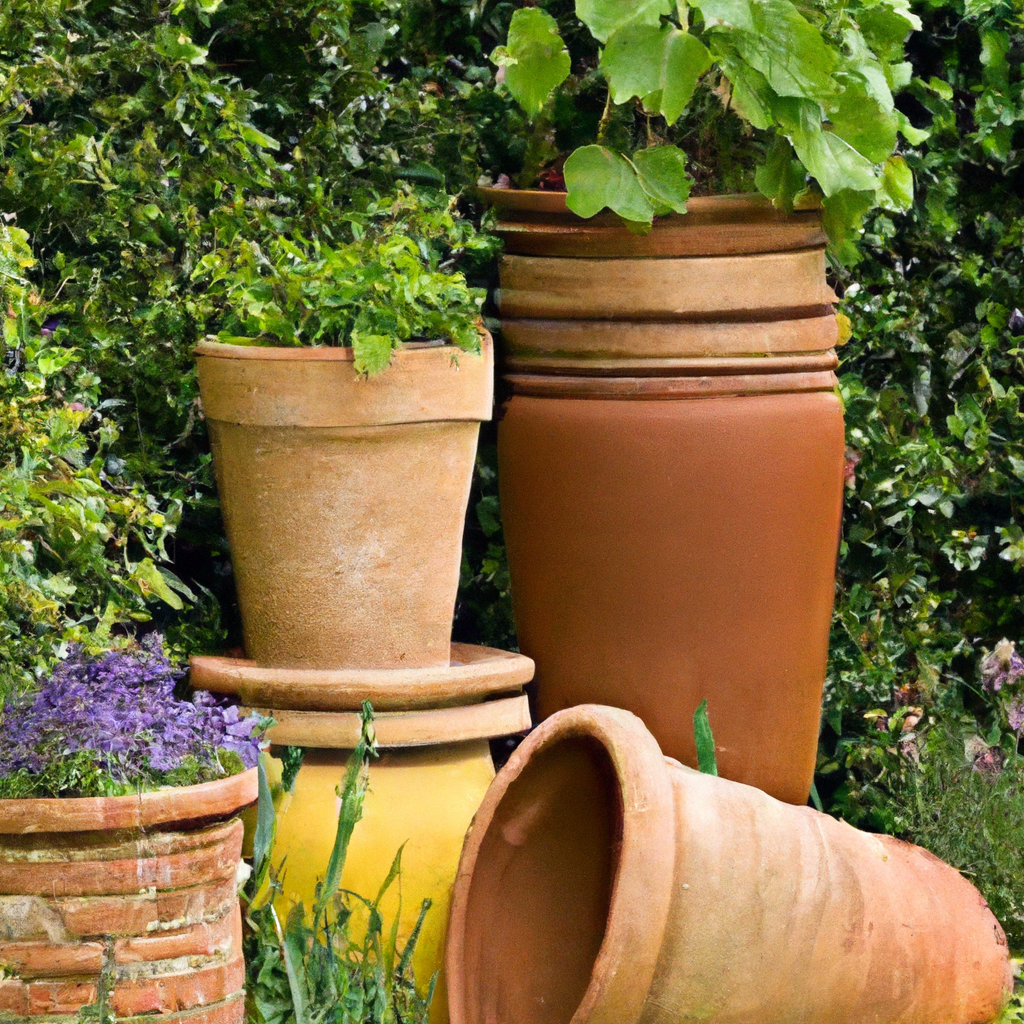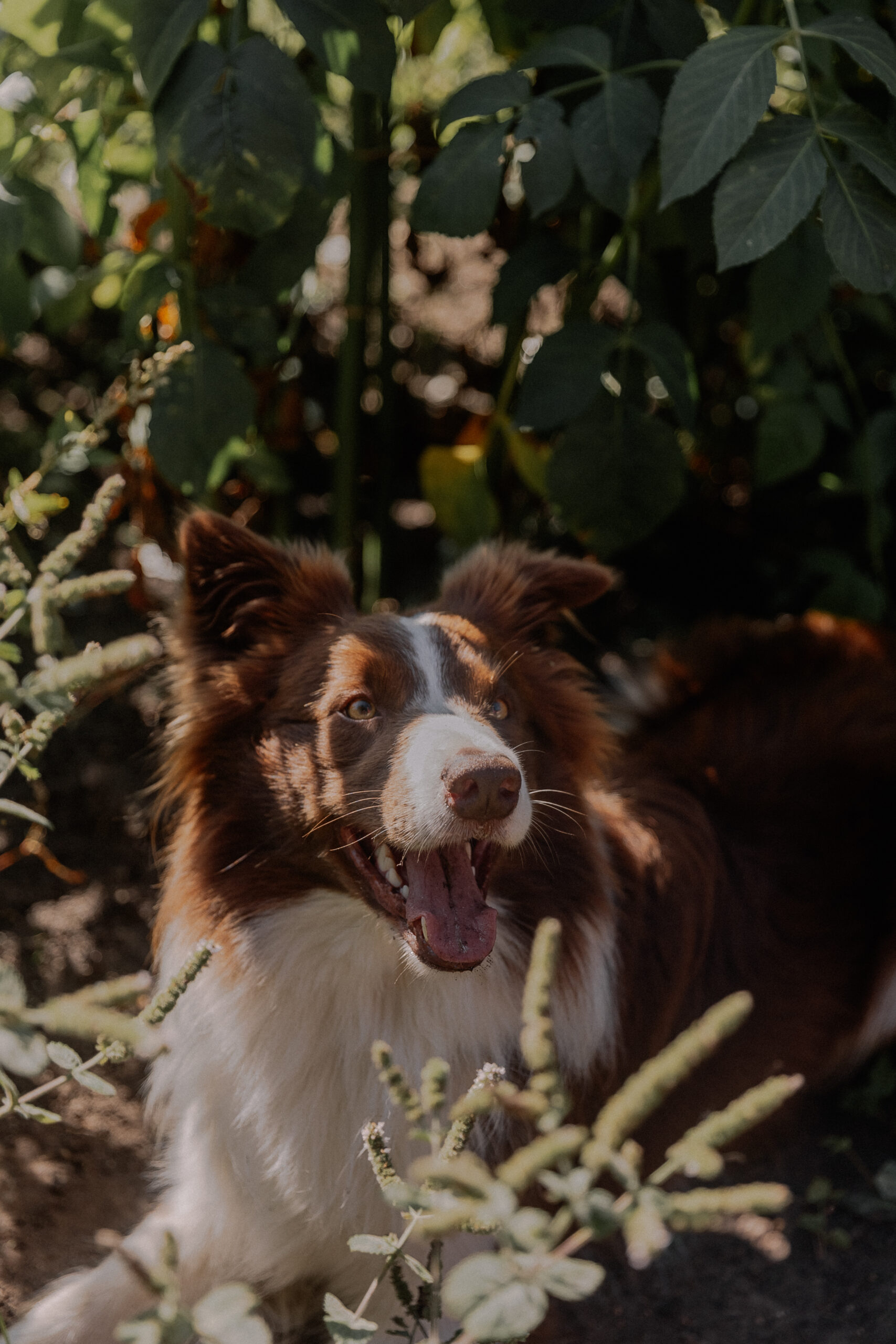You’ve always dreamed of having a lush and vibrant garden, but the limited space in your backyard has left you feeling discouraged. Fear not, because we’ve got you covered! In this article, we will share expert tips on how to maximize the space in your dream garden, allowing you to create a green oasis that will leave your neighbors in awe. Whether you have a tiny balcony, a small courtyard, or just a patch of land, these tips will help you transform any space into a stunning garden filled with beauty and tranquility. Get ready to unleash your inner green thumb and make the most of every inch of your outdoor paradise!
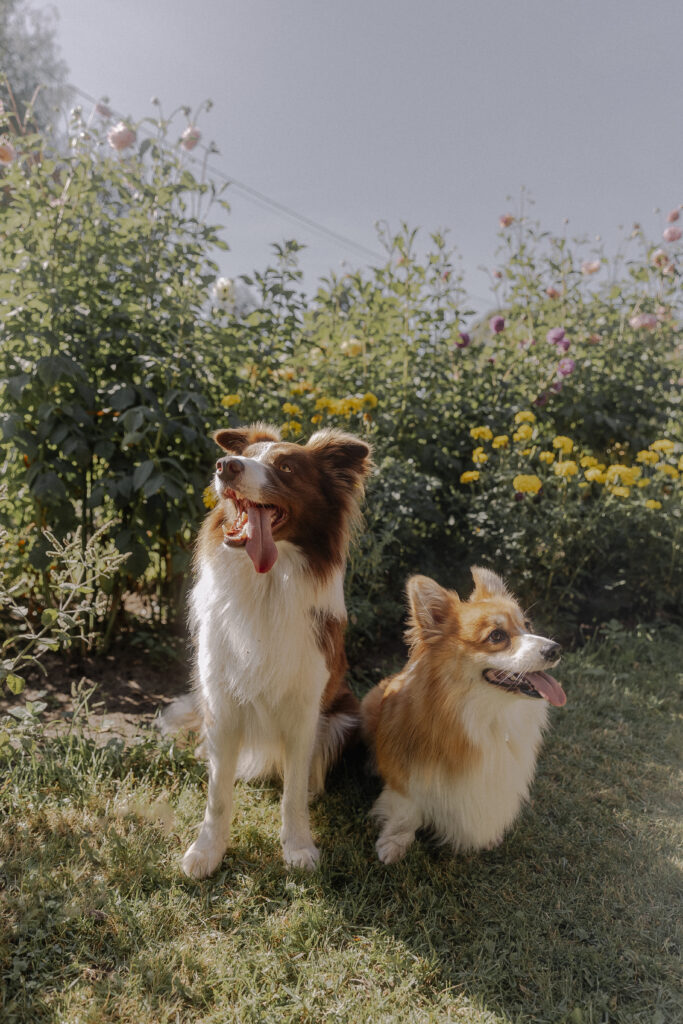
1. Evaluate and Plan
Assessing your available space
Before embarking on your garden project, it’s important to assess the available space you have. Take time to measure the dimensions of your garden area, determine any constraints such as obstructions or uneven ground, and consider factors such as sunlight exposure and soil type. By understanding the limitations and possibilities of your space, you can make more informed decisions on how to maximize it effectively.
Identifying your garden goals
Next, take some time to reflect on your garden goals. What are you hoping to achieve with your garden? Are you looking to grow your own vegetables and herbs? Do you want to create a relaxing oasis for outdoor entertaining? By identifying your garden goals, you can prioritize your space and make choices that align with your vision.
Creating a layout and design
Once you have assessed your available space and identified your garden goals, it’s time to create a layout and design plan. Consider factors such as functionality, aesthetics, and practicality. Think about how different areas of your garden can be utilized for various purposes – whether it’s a seating area, a vegetable patch, or a flower bed. Sketch out a plan or use a garden design software to visualize your ideas before implementing them in your garden.
2. Utilize Vertical Space
Growing climbers and trellises
One effective way to maximize space in your garden is by growing climbers and utilizing trellises. Climbing plants such as ivy, jasmine, or clematis can be trained to grow vertically, taking advantage of unused wall or fence space. Install trellises or supports for these plants to climb on, and watch as your garden transforms into a lush, green oasis.
Installing hanging baskets and vertical planters
Another great way to utilize vertical space is by installing hanging baskets and vertical planters. These allow you to grow plants and flowers without taking up valuable ground space. Hang them on walls, fences, or pergolas, and fill them with colorful blooms or trailing vines for a stunning display that adds depth and visual interest to your garden.
Utilizing wall and fence space
Don’t overlook the potential of your garden’s walls and fences. Install wall-mounted racks or shelves to hold potted plants, herbs, or decorative ornaments. Attach hooks or brackets to the fence to hang small tools or garden accessories. By utilizing these surfaces, you can free up ground space and add a touch of greenery to vertical areas that might otherwise go unused.
3. Optimize Planting Techniques
Intercropping and companion planting
Intercropping and companion planting are techniques that involve growing different types of plants together to maximize space and benefit from their symbiotic relationships. By planting compatible plants together, you can improve yields, deter pests, and maximize the use of your garden area. Research companion planting guides to find combinations that work well for your desired crops.
Using raised beds and containers
When space is limited, using raised beds and containers can be an excellent solution. Raised beds provide better soil drainage and prevent soil compaction, while containers offer flexibility and mobility. Both options allow you to group plants efficiently, making use of every inch of available space. Consider using vertical tiers in your raised beds or stacking containers to further optimize planting potential.
Implementing square foot gardening
Square foot gardening is a technique that involves dividing your garden into small, manageable square foot sections and planting specific crops within each square. This method maximizes space by utilizing every section efficiently and reducing the risk of overcrowding. Additionally, it simplifies maintenance, as each square can be easily cared for and harvested separately.
4. Incorporate Smart Storage Solutions
Building garden sheds and tool storage
To keep your garden organized and clutter-free, consider building a garden shed or dedicated tool storage area. These structures provide a place to store larger tools, equipment, and supplies, freeing up valuable space in your garden. Opt for designs that maximize vertical storage or include built-in shelving units to make the most of the available space.
Creating hidden storage under benches and seating
Another clever storage solution is to create hidden storage compartments under benches or seating areas. These concealed spaces can be used to store smaller tools, gardening gloves, or other items you want to keep close at hand but out of sight. By utilizing the often-underutilized space beneath seating, you can maintain a tidy and organized garden while maximizing your seating area.
Utilizing vertical storage units
Maximize space efficiency by incorporating vertical storage units in your garden. These can be freestanding or wall-mounted and provide a convenient way to store gardening essentials such as pots, watering cans, or gardening gloves. Look for units with multiple shelves or compartments to make the most of the available vertical space while keeping your garden tidy and accessible.

5. Choose Multi-purpose Furniture
Selecting foldable or stackable furniture pieces
When it comes to choosing furniture for your garden, opt for pieces that offer multi-purpose functionality. Select foldable or stackable chairs and tables that can be easily stored away when not in use. This allows you to maximize space when needed for other activities or when storage is required during unfavorable weather conditions.
Opting for dual-purpose benches or tables with built-in storage
Consider investing in dual-purpose furniture, such as benches or tables with built-in storage compartments. These pieces not only provide seating or workspace but also offer hidden storage for cushions, blankets, or garden tools. By choosing furniture that serves multiple functions, you can make the most of limited space while maintaining a neat and organized garden.
Using furniture with built-in planters or shelves
Create a beautiful and practical garden by incorporating furniture with built-in planters or shelves. Choose benches or tables with integrated planters to showcase your favorite flowers or herbs. Alternatively, select furniture with built-in shelves, perfect for displaying potted plants or decorative ornaments. By combining furniture and greenery, you can add both functionality and natural beauty to your dream garden.
6. Select Compact and Dwarf Varieties
Choosing compact vegetable and fruit varieties
When space is a constraint, selecting compact vegetable and fruit varieties can help maximize your garden’s productivity. Look for plants that are labeled as “compact” or “bush” varieties, as they require less space to grow while still providing a bountiful harvest. Additionally, consider vertical gardening techniques, such as growing vining vegetables on trellises, to optimize the use of limited ground space.
Opting for dwarf trees and shrubs
If you’re dreaming of having fruit trees or shrubs in your garden, but space is limited, opt for dwarf varieties. These smaller-sized trees or shrubs are specifically bred to stay compact, making them ideal for small gardens or even container gardening. With careful pruning and maintainance, you can enjoy the beauty and bounty of fruit trees or shrubs without overwhelming your garden space.
Selecting petite flowers and ornamental plants
When choosing flowers and ornamental plants for your garden, consider selecting petite varieties that won’t overcrowd your space. Look for compact plants with a naturally mounding or spreading growth habit to create visual interest without the need for excessive space. These smaller plants can be used as borders, fillers, or even in container gardens, adding a touch of beauty and color to your dream garden.
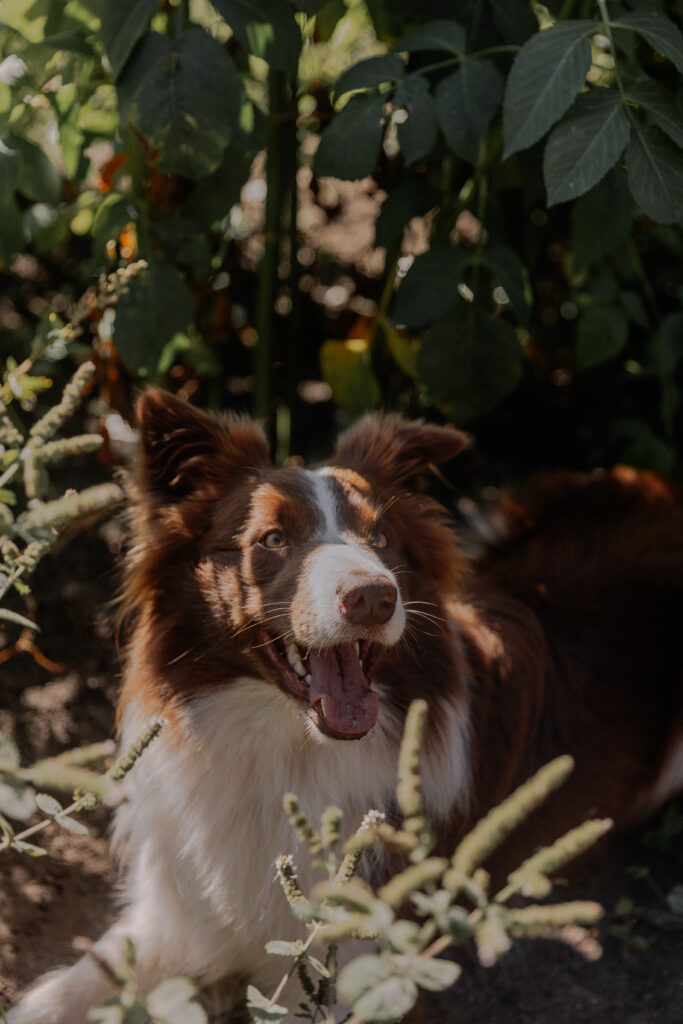
7. Implement Clever Borders and Edging
Using low-growing plants as borders
To maximize space and provide a neat and organized look to your garden, consider using low-growing plants as borders. Choose varieties that stay compact and have a spreading growth habit, such as dwarf lavender or creeping thyme. These plants not only define the edges of your garden beds but also create visual interest and add color without taking up valuable space.
Creating defined edges with stones or bricks
Another way to implement clever borders is by using stones or bricks to create defined edges. This technique helps prevent soil erosion and provides a clear separation between different garden areas. Arrange the stones or bricks in a decorative pattern to add visual appeal and create a polished look to your garden.
Installing raised beds as bordering features
If you’re looking for a functional and stylish way to incorporate borders in your garden, consider installing raised beds. These raised structures can serve as both boundaries and planting areas. Use them as borders for different garden sections or create a sense of hierarchy by having different levels of raised beds. Not only do they add structure and organization to your garden, but they also maximize planting potential.
8. Implement Strategic Lighting
Using solar-powered lights for pathways and borders
Incorporating lighting into your garden can extend its usability and create an inviting atmosphere, especially during the evenings. Opt for solar-powered lights for pathways and borders, as they require no wiring and are environmentally friendly. These lights can be placed strategically to illuminate walkways and define the edges of your garden, adding both safety and ambiance.
Installing uplighting or spotlights to highlight focal points
To enhance the beauty of your garden and draw attention to key features, consider installing uplighting or spotlights. These lights can be positioned at the base of trees, architectural elements, or decorative ornaments to create stunning visual effects. By highlighting focal points, you can create depth and dimension in your garden, even during the nighttime.
Utilizing fairy lights or lanterns for ambiance
For a magical and enchanting atmosphere in your dream garden, consider incorporating fairy lights or lanterns. These soft, twinkling lights can be hung from tree branches, woven through foliage, or placed in lanterns to create a cozy and inviting space. Whether you’re having a gathering with friends or enjoying a quiet evening alone, fairy lights and lanterns can add a touch of whimsy and charm to your outdoor oasis.
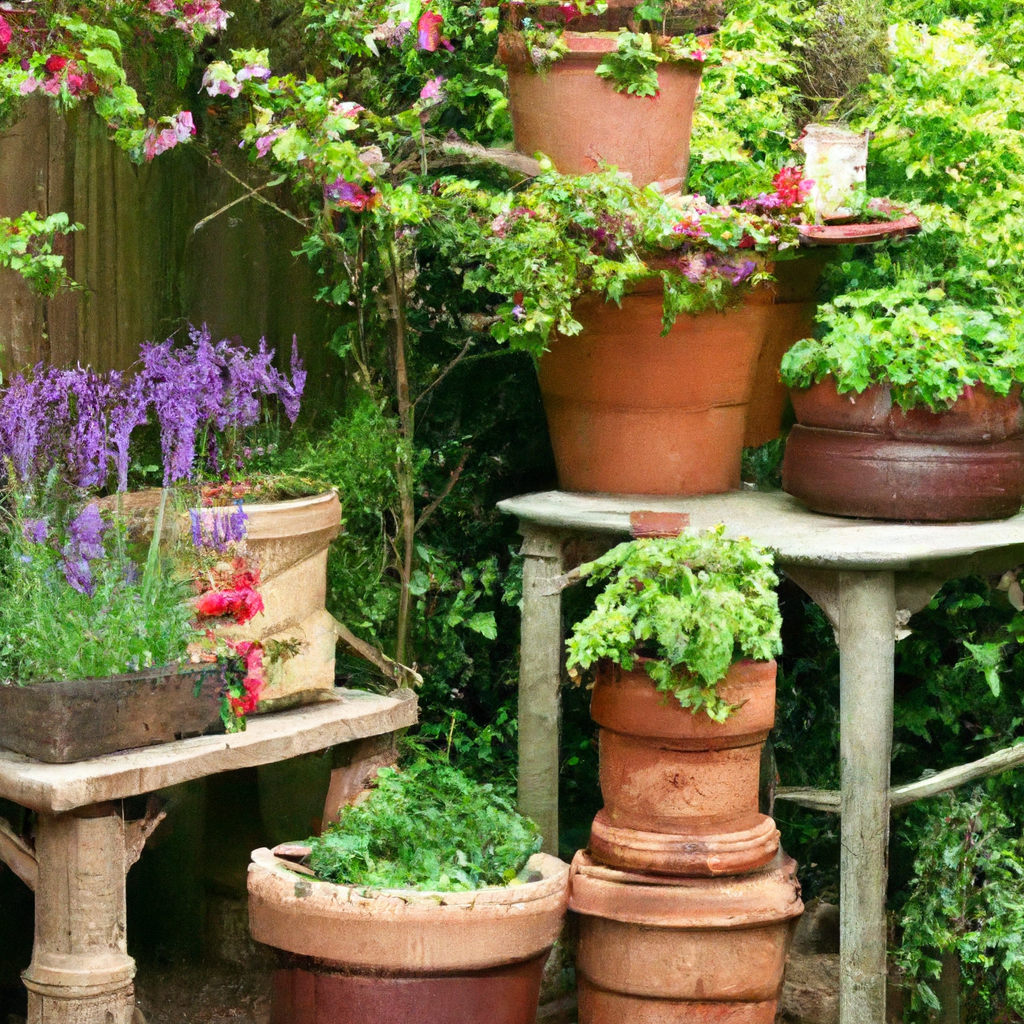
9. Maintain a Neat and Organized Garden
Regularly weeding and pruning plants
To keep your dream garden looking its best and to maximize space, regular weeding and pruning are essential. Remove weeds promptly to prevent them from competing with your desired plants for nutrients and space. Additionally, prune plants to manage their growth and shape, promoting healthier growth and preventing overcrowding. Regular maintenance ensures your garden stays neat, organized, and free from unnecessary clutter.
Implementing a proper composting system
Creating a proper composting system in your garden is not only beneficial for the environment but also helps maximize space. Composting allows you to recycle kitchen scraps and garden waste into nutrient-rich soil, reducing the need for store-bought fertilizers. By implementing a composting system, you can reduce the amount of space needed for storing and disposing of organic waste, while simultaneously nourishing your plants.
Organizing tools, equipment, and supplies
To maintain a neat and organized garden, it’s important to have a designated place for tools, equipment, and supplies. Utilize your garden shed, storage area, or vertical storage units to keep everything in its proper place. Implement hooks, racks, or shelves to hang and store tools efficiently. By keeping your garden essentials organized, you can easily access them when needed, maximizing both space and productivity in your garden.
10. Incorporate Reflective Surfaces
Using mirrors to create an illusion of space
When your garden space feels limited, using mirrors strategically can create an illusion of more space. Place mirrors on garden walls or fences to reflect light and visually expand your garden. This technique not only adds depth and dimension but also brings in more natural light, making your garden feel brighter and more spacious.
Installing a reflective water feature
Water features not only add a soothing ambiance to your garden but can also serve as reflective surfaces. Consider installing a reflective water feature, such as a small pond or fountain, to create a sense of calm and tranquility. The shimmering water reflects its surroundings, including the plants and structures in your garden, adding a sense of depth and serenity.
Utilizing metallic accents or ornaments
Incorporating metallic accents or ornaments in your garden can introduce reflective surfaces that bounce light around and create a sense of space. Choose metallic furniture, ornaments, or decorative features to add a touch of elegance and maximize visual impact. Additionally, consider using metallic planters or containers to showcase your plants while adding a reflective element to your dream garden.
By following these expert tips, you can maximize the space in your dream garden and create an outdoor oasis that is both functional and visually appealing. Remember to assess your available space, identify your garden goals, and create a comprehensive layout and design plan. Utilize vertical space, optimize planting techniques, incorporate smart storage solutions, choose multi-purpose furniture, select compact varieties, implement clever borders, strategic lighting, maintain a neat and organized garden, and incorporate reflective surfaces. With these strategies in place, you’ll be able to make the most of the space you have and create a beautiful and fulfilling garden. Happy gardening!
